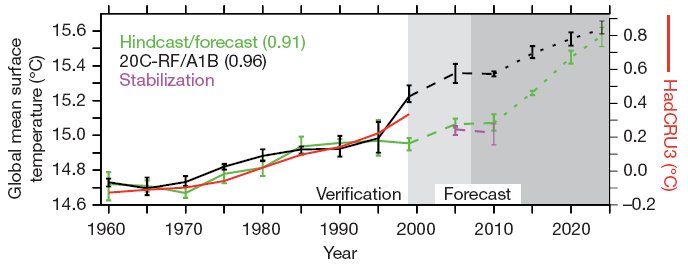Currently, a few errors –and supposed errors– in the last IPCC report (“AR4”) are making the media rounds – together with a lot of distortion and professional spin by parties interested in discrediting climate science. Time for us to sort the wheat from the chaff: which of these putative errors are real, and which not? And what does it all mean, for the IPCC in particular, and for climate science more broadly?
IPCC errors: facts and spin
 ) (
) ( )
) 





 New York Times,
New York Times,